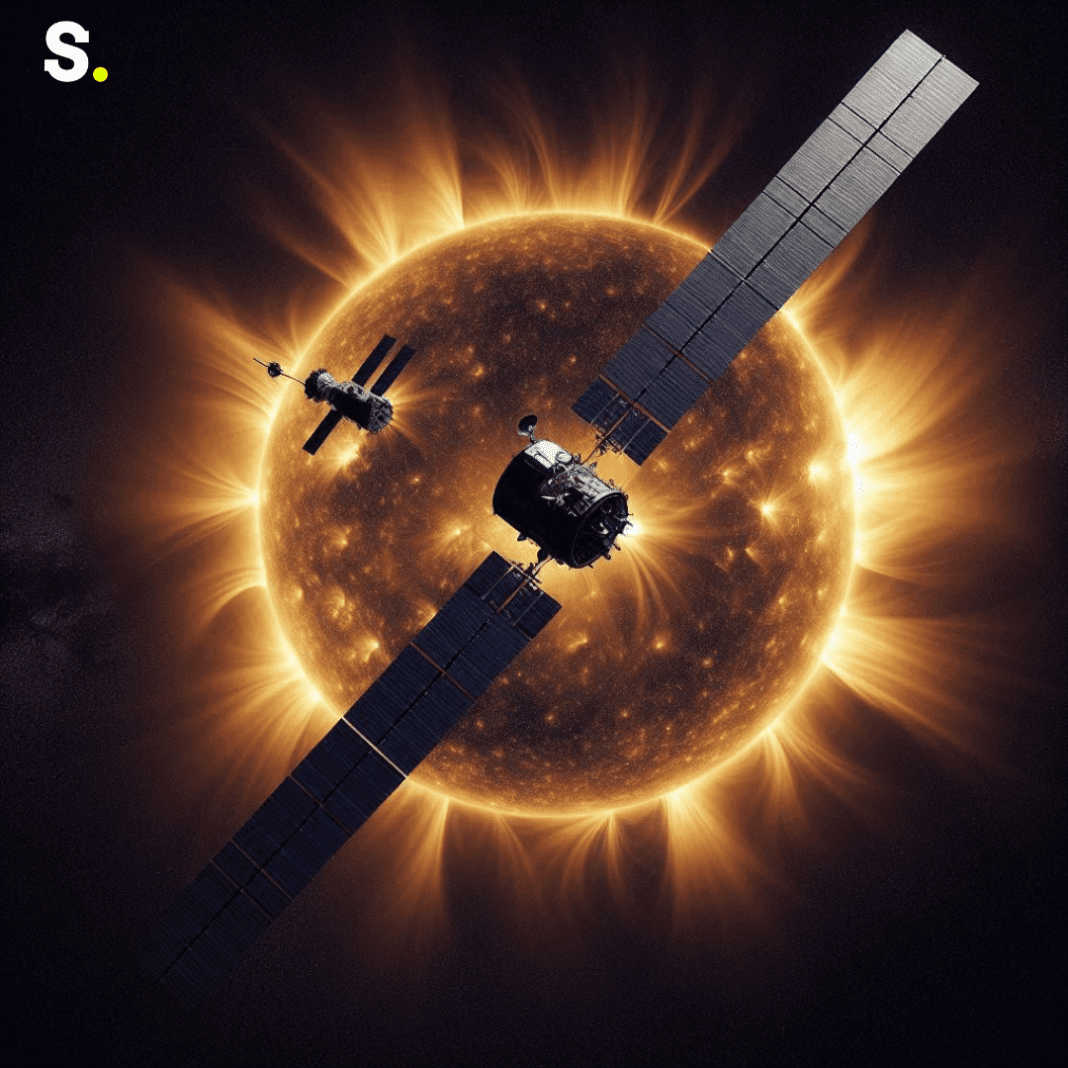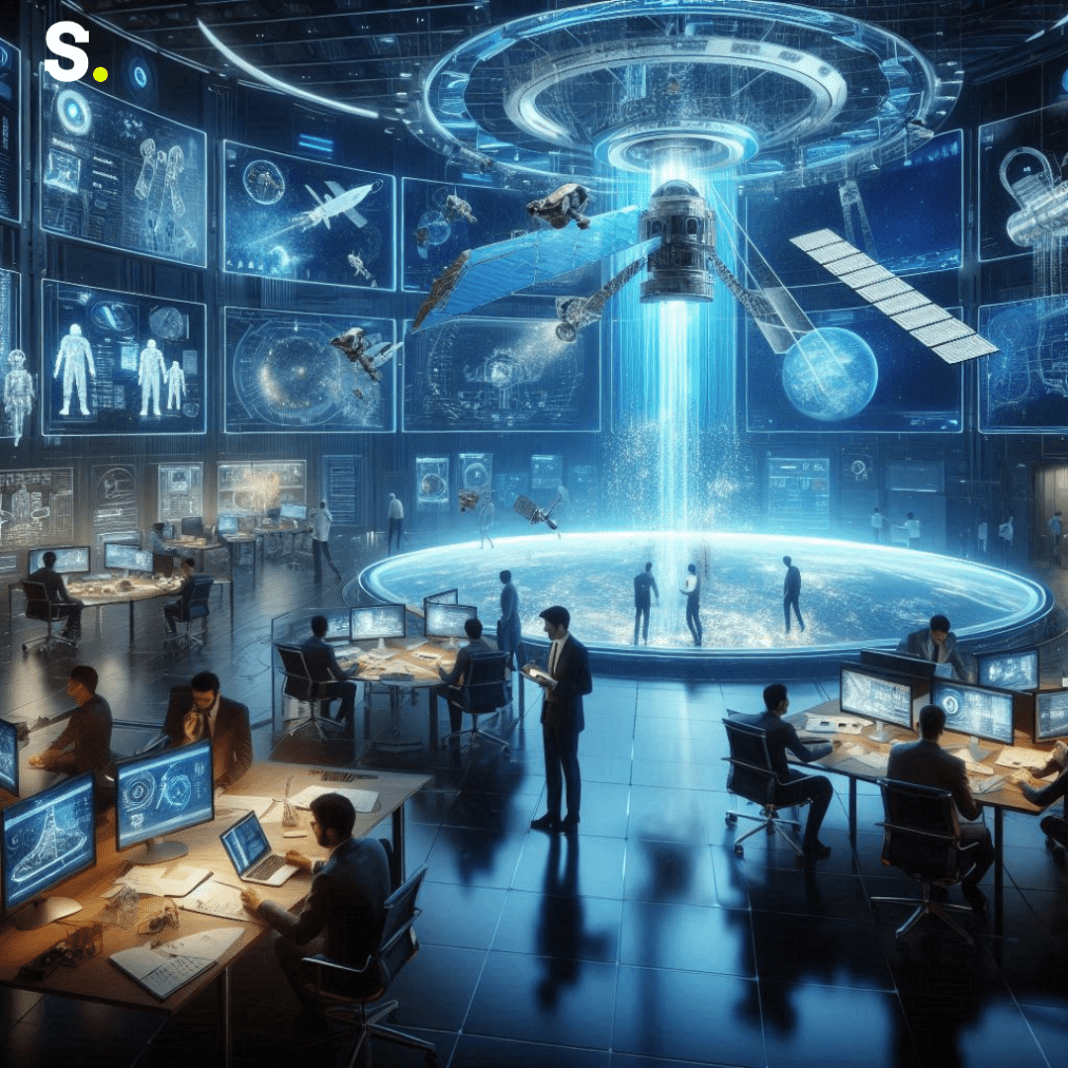The Sun’s corona, a region of the solar atmosphere, presents a tantalizing enigma for scientists. Despite its distance from the Sun’s surface, the corona’s temperature soars to about 1-2 million degrees Celsius, starkly contrasting with the Sun’s surface temperature of approximately 6,000 degrees Celsius. This peculiar phenomenon defies intuitive expectations, which would suggest a decrease in temperature with increasing distance from the Sun’s surface.
Observing the corona has historically been challenging due to the overwhelming brightness of the Sun, which blinds space instruments aimed at studying this elusive region. However, recent advancements in space technology, spearheaded by DTU Space in collaboration with the European Space Agency (ESA) and several other partners, promise to shed light on these mysteries. A revolutionary space instrument, successfully tested in Belgium, is poised to transform our understanding of the Sun’s corona.
Revolutionizing Space Observation of the Sun’s Corona with Innovative Technology
Professor John Leif Jørgensen of DTU Space underscores the significance of this new technology. “Future space observation techniques will be completely transformed by this revolutionary technology. We have the opportunity to investigate the mysterious solar corona. We are creating a new idea for universe exploration at the same time,” he says.
The mission involves deploying two satellites that will fly in precise formation, acting as a single, coordinated unit. One satellite, termed the Occulter spacecraft, will block the Sun’s intense light, allowing the other satellite, the Coronagraph spacecraft, to detect photons from the corona. This method prevents the Sun’s blinding light from obscuring the delicate light signature of the corona. Such an operation can only be conducted in space, where the Sun’s light is not scattered by an atmosphere as it is on Earth.
“By using two satellites to function as a single instrument, we can conduct work over great distances. By utilizing mirrors to focus and collect photons, standard space telescopes are only able to produce an effect far smaller than this one, according to Jørgensen. This innovative approach eliminates the need for a massive satellite, potentially 200 to 300 meters long, which would dwarf the International Space Station (ISS) in size.
Launch from India: Precision and Innovation
The mission calls for the two satellites to launch this autumn from India and orbit the planet at a height of roughly 60,000 kilometers. The Coronagraph spacecraft, equipped with a telescope, will remain in the shadow cast by the Occulter spacecraft, ensuring the Sun’s direct light does not interfere with the observations. The satellites will maintain a precise distance ranging from 75 to 600 meters, with positional accuracy within one millimeter.
Achieving and maintaining this precise formation poses a significant challenge, requiring advanced technology and meticulous engineering. “It is very forward-thinking of ESA to work with this technology,” Jørgensen says. This is new ground for us, and the mission will serve as a demonstration that will influence future space mission design. There are many applications for this innovative technology, a coronagraph being only one. It goes without saying that we are eager for it to launch. Thus far, we have demonstrated that the navigation and positioning package as a whole, to which we contribute, functions as intended.
Autonomous Positioning with AI: A Leap Forward
The mission’s success hinges on autonomous positioning systems powered by artificial intelligence (AI). The Proba-3 Vision-Based Sensor System, developed and tested by DTU Space, will autonomously control the satellites’ positions. Initially, the satellites will be brought within 250 meters of each other. One satellite’s wide-angle camera will then follow and identify an LED light pattern on the other to determine their relative positions and orientations.
Subsequently, a more precise camera will identify a smaller LED pattern, enabling positioning accuracy within one millimeter at a typical distance of 150 meters. The system is versatile, functioning effectively from distances as short as one meter to as far as 100 kilometers.
To further refine positioning, a laser will transmit light from the Occulter spacecraft to the Coronagraph spacecraft and back, maintaining the relative distance with millimeter precision. Finally, a Shadow Positioning Sensor System will use small photodetectors to ensure the shadow cast by the Occulter spacecraft precisely aligns with the Coronagraph spacecraft’s detector, optimizing the instrument’s readiness to measure the corona’s light.
Pushing the Boundaries of Space Research
“We have shown that this is achievable on a small scale in the lab, a large scale in the DTU basement halls and astronomical observatories—all using precisely the same system that will be used on the actual mission—because everything needs to work correctly and in the right order. The next major step is to get it into space and qualify it in a real-world scenario, according to Jørgensen.
Proba-3 represents a significant leap in space research, demonstrating the potential of formation flying. The systems developed by DTU Space form the core of this innovative mission, pushing the boundaries of what is possible in space exploration. As Jørgensen concludes, “It is an innovative research and development project that challenges the boundaries of space research.” The anticipation and excitement surrounding this mission underscore its potential to revolutionize our understanding of the Sun’s corona and beyond.




